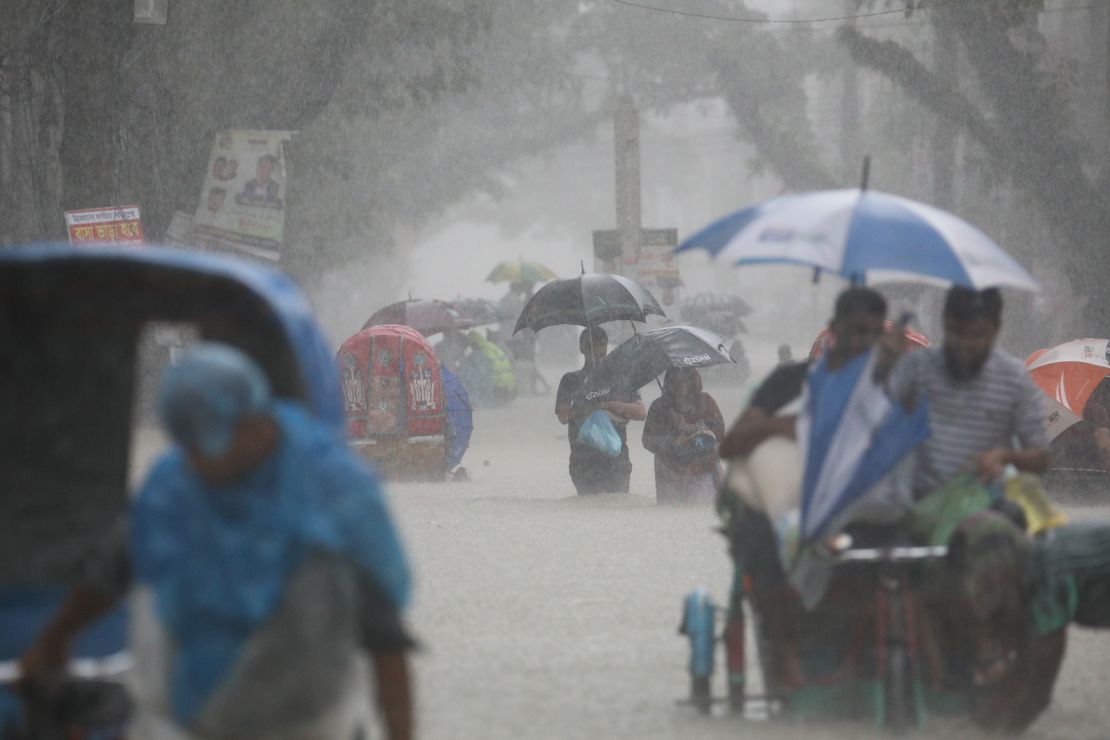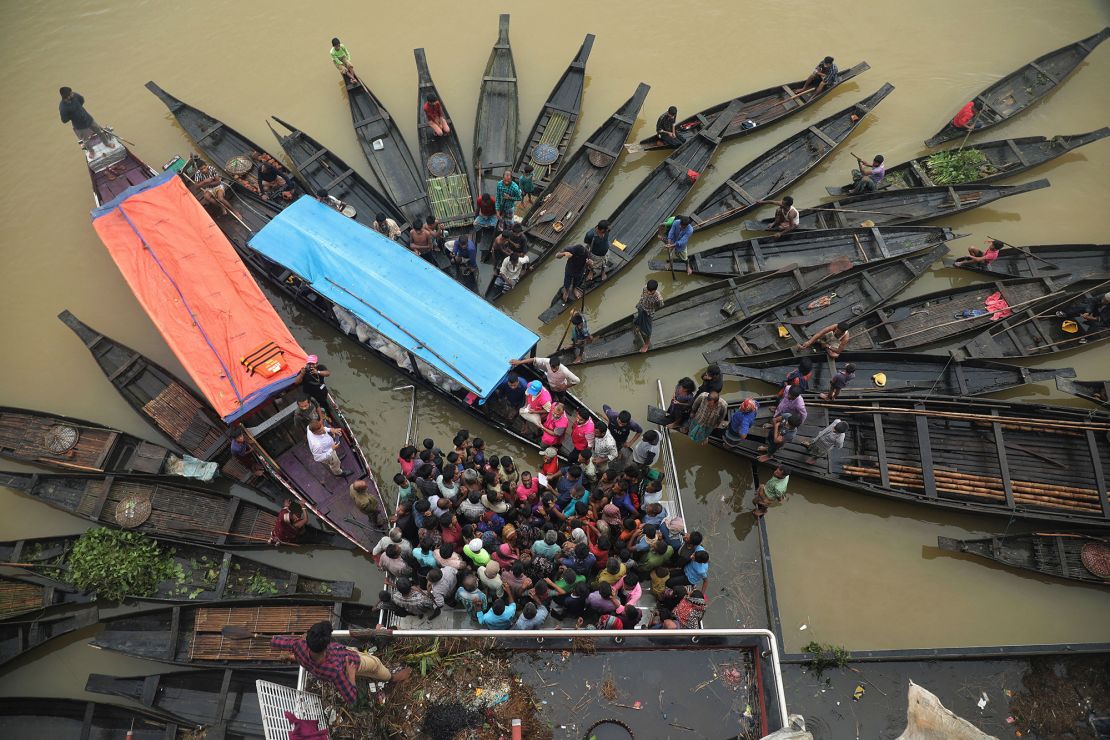At least 84 people have died in landslides, lightning strikes and flash floods across India and Bangladesh in the past week, according to officials in both countries.
In the state of Assam, at least 41 people have died and seven people were missing as of Tuesday, according to the state disaster management authority, which is operating 1,425 relief camps housing 230,000 displaced people.
Northeastern India and northern Bangladesh have been particularly badly hit by severe weather, which has prompted some of the worst flooding in the region in years and left some towns cut off.

In the northeastern Indian state of Bihar, a lightning strike killed 17 people on Saturday according to its Chief Minister, Nitish Kumar.
And in the nearby state of Meghalaya, which also borders Bangladesh to the south, at least 24 people have died since June 9 and three are missing, according to R. Lyngdoh, a senior official in Meghalaya’s State Disaster Management Authority.
More than 633,000 people have been affected by the floods, and the state’s Disaster Management Authority will conduct airdrops of essential commodities for certain districts that are cut off by road, Lyngdoh added.
In Bangladesh, flooding has submerged roads and highways and isolated entire districts from the rest of the country.
Enamur Rahman, the country’s State Minister for the Ministry of Disaster Management, told CNN on Sunday that at least two people had died due to the flooding. News agency reports suggest the toll is much higher, however, with Reuters reporting 25 deaths over the weekend, citing local officials.
A lack of telecommunication services has made it difficult to fully assess the extent of the damage, particularly in the hard-hit districts of Sylhet and Sunamganj, Rahman said.

Around 90% of Sunamganj was underwater and almost entirely isolated from the rest of Bangladesh on Sunday, he added.
The news agency Bangladesh Sangbad Sangstha (BSS) reported on Saturday that nearly six million people had been displaced due to the floods.
Officials said millions were being provided with food and shelter in temporary relief camps.
“We were having trouble establishing communication with some districts, but we are now in touch with everyone. Our main issue right now is a lack of drinking water and food, but we are arranging for (some) and trying to transport it using helicopters,” said Muhammad Mosharrof Hossain, a senior official in Bangladesh’s Sylhet division, one of the worst affected areas.
Around 300,000 people are currently in shelters as of Monday, Hossain added.
Extreme weather events in South Asia are becoming increasingly frequent due to climate change, with temperatures in parts of India and Pakistan reaching record levels during a heatwave in April and May. Scientists said that climate change had made the possibility of a record-breaking heatwave hitting India and Pakistan “100 times more likely.”
A 2022 report by the Intergovernmental Panel on Climate Change said they had medium confidence that heatwaves and humid stress would become more “intense and frequent,” as well as that “annual and summer monsoon precipitation will increase.”
